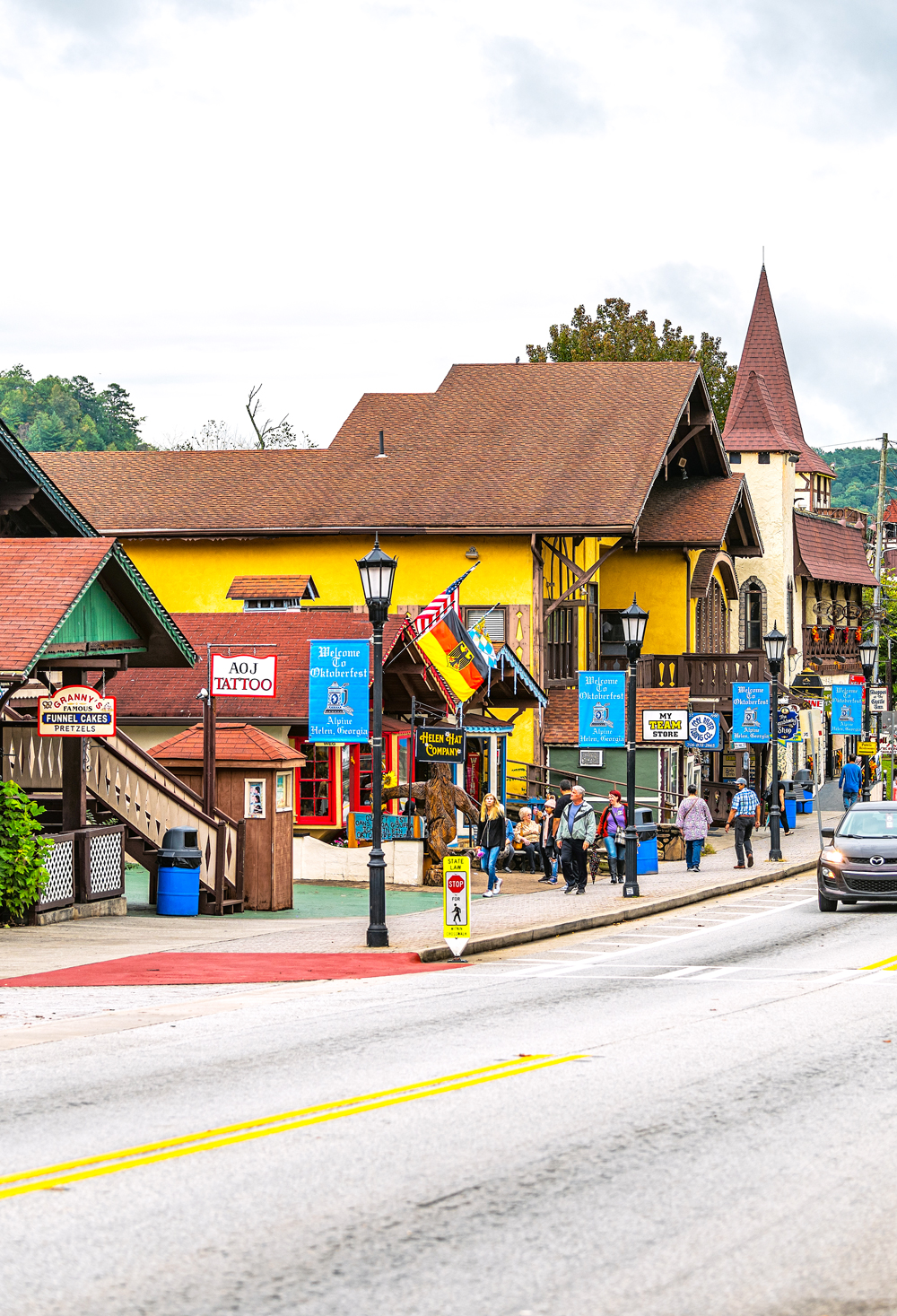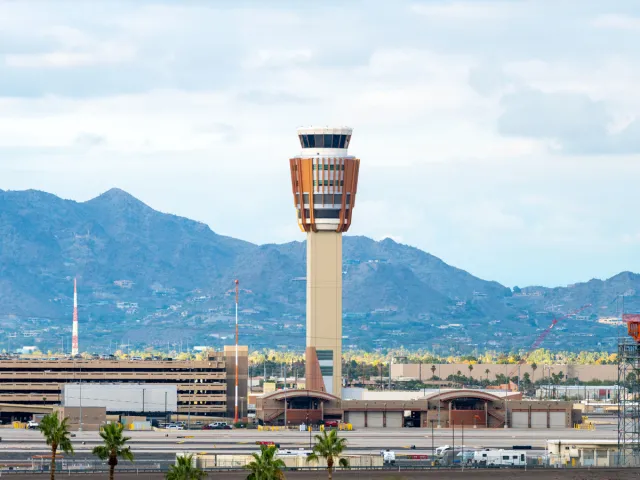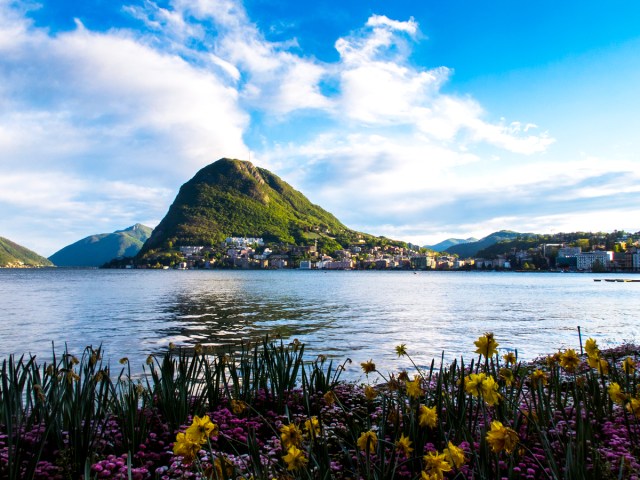Small towns offer tourists the best of both worlds: a smattering of museums, intriguing attractions, and tasty local restaurants like in a typical big city, yet within easy reach of the surrounding countryside. The best small towns to visit are compellingly idiosyncratic, boasting unique histories, distinct cultures, interesting architecture, and local food specialties. If you’re traveling around the South, these are six of the best and quirkiest towns you should visit.
Marfa, Texas
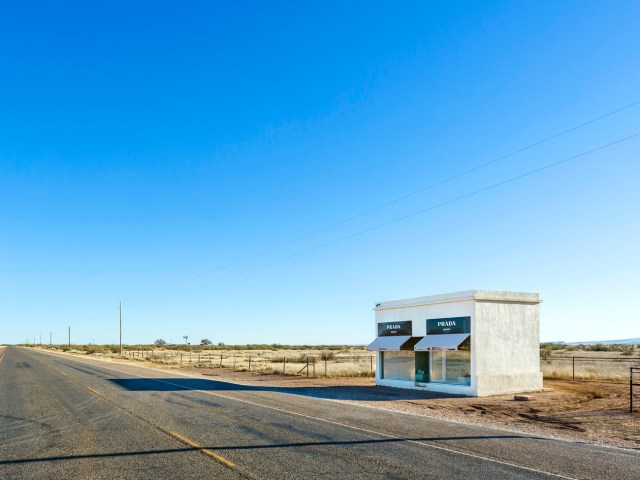
The infamous Marfa Lights lure travelers from far and wide to this part of West Texas. Since the 19th century, people have reported seeing lights without a known source on the horizon beyond this Texan town. They appear at random throughout the year, casting a red, blue, or white light into the night sky. The town hosts the Marfa Lights Festival annually in late August to celebrate this unexplained but mesmerizing phenomenon.
Even if you don’t manage to spot the lights, there’s plenty else to hold your attention in Marfa. Grab a selfie in front of the iconic Giant mural, a backdrop inspired by the Oscar-winning 1956 Western that starred Hollywood greats Elizabeth Taylor, Rock Hudson, and James Dean. Marfa embraces art in all forms, with Insta-famous roadside installations such as Prada Marfa and multiple galleries scattered throughout the town. Don’t miss the Judd Foundation, the Chinati Foundation, and Ballroom Marfa.
Breaux Bridge, Louisiana
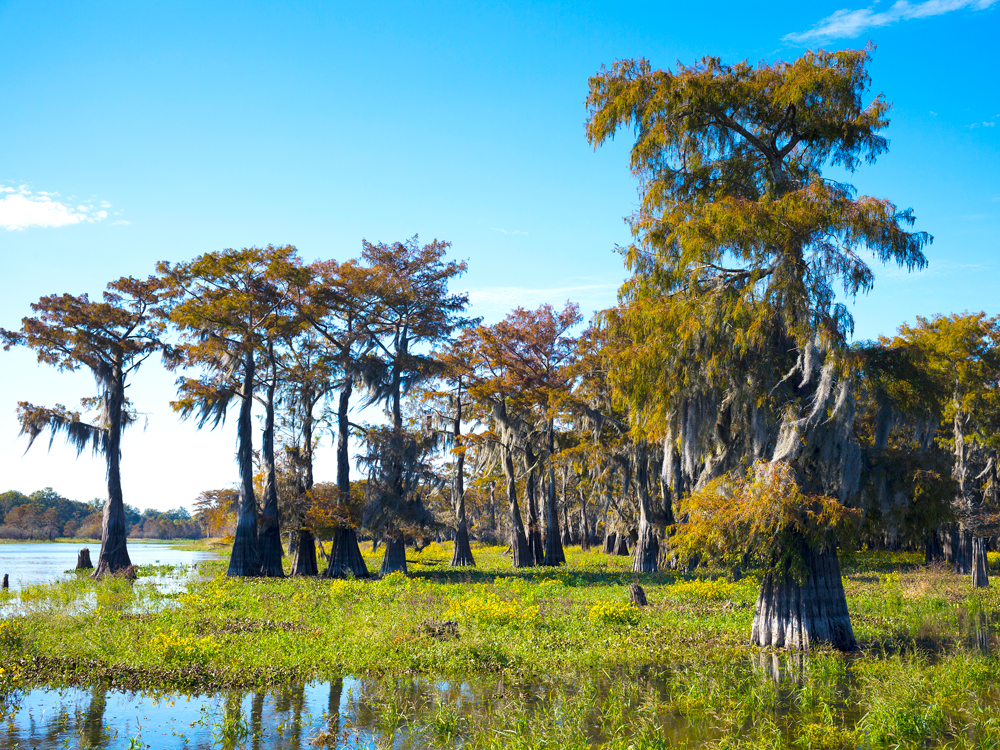
Each May, Breaux Bridge celebrates Louisiana’s delicious Cajun cuisine during the annual Crawfish Festival. First held in 1960, the festival draws a large crowd, not just for the food but also for an eclectic mix of live music, including Cajun, zydeco and swamp pop. Visitors can also take dance or cookery lessons as they immerse themselves in the area’s unique culture and traditions.
Can’t visit in May? One of the best year-round attractions in Breaux Bridge is a Cajun Country swamp tour. The opportunity to head out onto the water on a traditional crawfish skiff and explore this fascinating wetland ecosystem is one you won’t want to pass up. You’ll spot cypress trees laden with Spanish moss and an abundance of wading birds — such as roseate spoonbills, white ibis, great blue herons, and anhingas — coupled with other swamp-dwelling wildlife including alligators.
Scottsboro, Alabama

If you’ve ever wondered what airlines do with lost bags, you might want to head to the town of Scottsboro, Alabama. There, you’ll find Unclaimed Baggage, a retail store selling the contents of suitcases that were never picked up by their owners. The store has been in business for more than 50 years, and some of the more interesting items that have passed through its doors — including ancient Egyptian artifacts and medieval armor — are displayed in the on-site museum, Found Treasures.
Another must-visit in Scottsboro is the Scottsboro Boys Museum, housed in Joyce Chapel. It tells the important story of nine Black youths who were falsely accused and incarcerated in the 1930s and whose trial was a catalyst in the American Civil Rights Movement. The town is also home to Alabama’s oldest soda shop, Payne’s Sandwich Shop and Soda Fountain. It retains a charming 1950s vibe, but it opened as a drugstore much earlier in 1869. Order a signature red slaw dog, grab a stool beside the vintage jukebox, and reminisce about the old days.
Gaffney, South Carolina
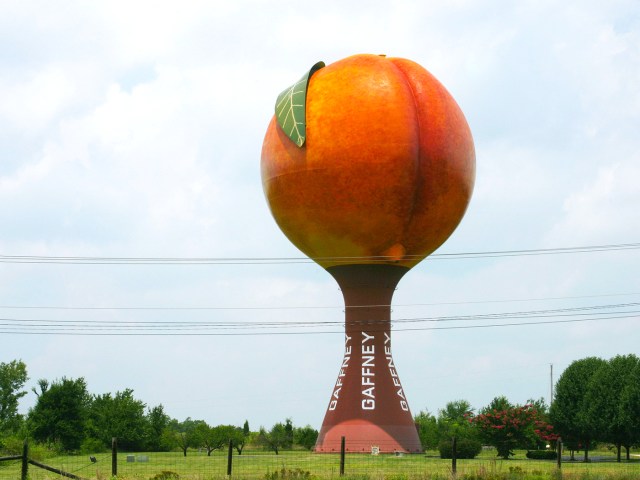
Hollywood legend Andie MacDowell hails from this small-town South Carolina gem. Since 1981, Gaffney’s most prominent landmark has been the Peachoid, a 135-foot-tall water tower in the form of a giant peach. Peach production in South Carolina far outstrips that of neighboring Georgia, despite the latter state’s nickname — in fact, only California produces more of this popular fruit.
Visitors to Gaffney can also take a tour of Daimler’s Freightliner factory, where chassis roll off the production line ready to support large vehicles such as RVs and school buses. In the surrounding area, visit Cowpens National Battlefield, the site of a pivotal battle and Patriot victory against the British in the Southern Campaign of the Revolutionary War. Learn more by following the Overmountain Victory National Historic Trail or by checking out the Gaffney Visitor Center and Art Museum.
Helen, Georgia
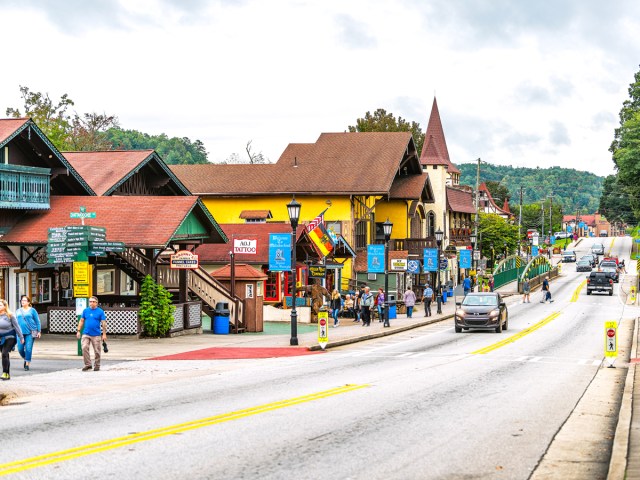
If you’ve always fancied a trip to Germany but can’t make it across the pond, head for Helen, Georgia, instead. Originally, the town made a living on gold and lumber, but in an attempt to boost the economy, it was transformed into an Alpine village in the 1960s. The reinvention proved successful, as the town now attracts thousands of camera-toting visitors who come to admire its gabled, half-timbered architecture.
The buildings form a delightful backdrop for a carriage ride, which you can follow with German lager at a traditional tavern as you munch on pretzels, schnitzel, and bratwurst. If you can, aim to be here for Oktoberfest. Celebrated over consecutive weekends in the early fall, the event features live oompah bands and themed food and drink. The town also offers plenty for nature lovers — anglers congregate along the Chattahoochee River, while hikers enjoy exploring Chattahoochee National Forest and the foothills of the Blue Ridge Mountains. Even if you’re only passing through, you can dip a toe into the town’s beautiful surroundings with the easy Helen to Hardman Heritage Trail.
Port Gibson, Mississippi
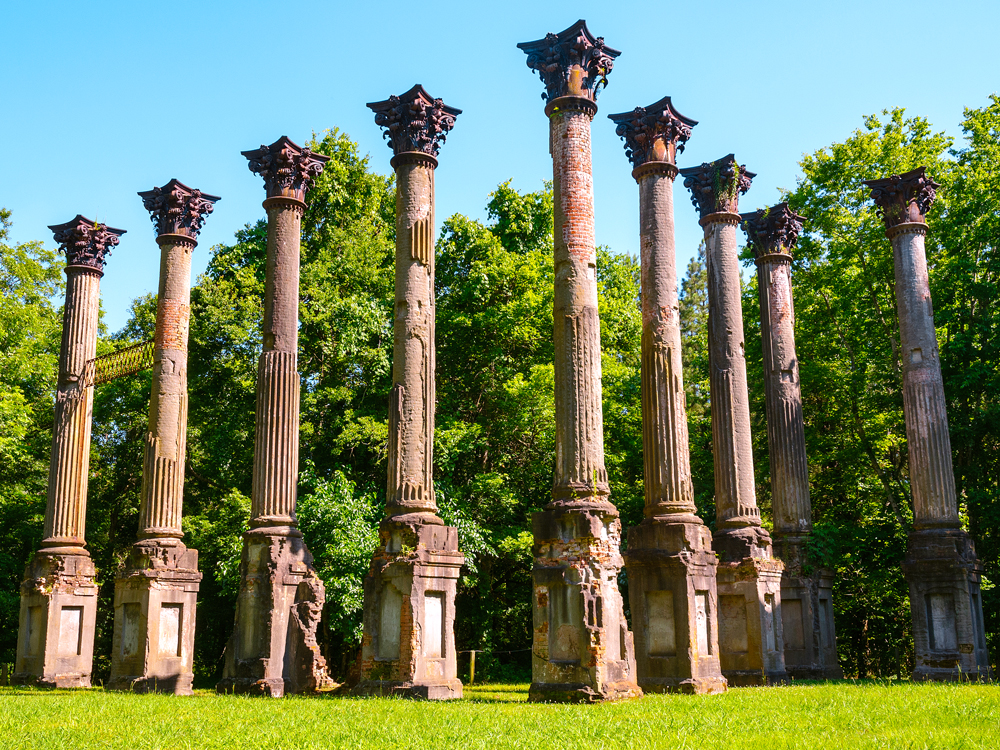
Port Gibson is Mississippi’s third-oldest settlement, with a history dating back to 1729 and a charter issued in 1803. Residents of Port Gibson will proudly tell you that, during the Civil War, General Ulysses S. Grant was allegedly so enamored with the town’s beauty that he gave the order that it should not be destroyed, saying that it was “too beautiful to burn.”
Today, Grand Gulf Military Park, located on the banks of the Mississippi River, encompasses the historic military sites of Fort Cobun and Fort Wade, the Grand Gulf Cemetery, a museum, and several other buildings of interest. Nevertheless, Port Gibson is best known for the Windsor Ruins. They once formed part of the largest antebellum mansion to be built in the area, the work of enslaved peoples. The 20 Corinthian columns are all that remain after a devastating fire consumed the rest of the structure in 1890.
More from our network
Daily Passport is part of Inbox Studio, which publishes content that uplifts, informs, and inspires.






